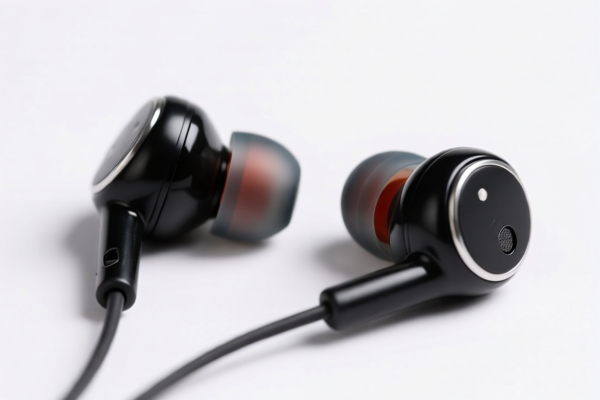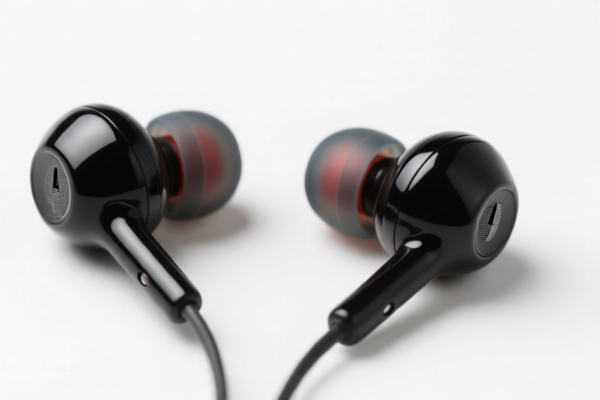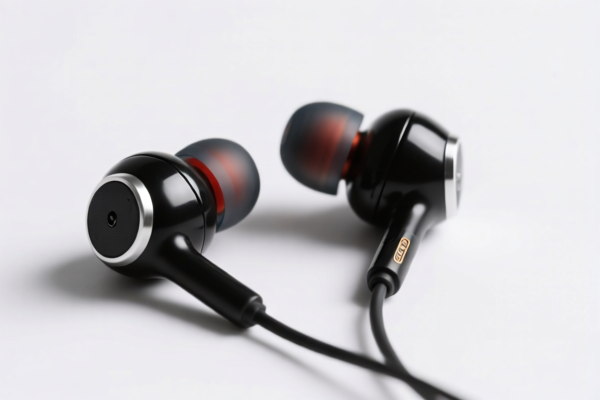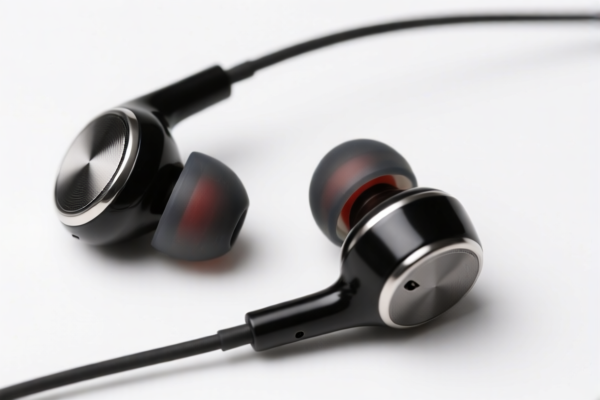| HS Code | Official Doc | Tariff Rate | Origin | Destination | Effective Date |
|---|---|---|---|---|---|
| 8518302000 | Doc | 30.0% | CN | US | 2025-05-12 |
| 8543708900 | Doc | 37.5% | CN | US | 2025-05-12 |
| 8543906500 | Doc | 55.0% | CN | US | 2025-05-12 |




Earphone
An earphone is a small loudspeaker designed to be held in or placed close to the user’s ear. They convert electrical signals into sound, allowing the user to listen to audio privately.
Material
Earphones are constructed from a variety of materials, impacting their sound quality, durability, and cost. Common materials include:
- Plastics: Used for housings and components due to their lightweight nature and moldability. ABS plastic is frequently used.
- Metals: Aluminum, stainless steel, and alloys are utilized for structural integrity, housings, and premium finishes.
- Silicone/Foam: Used for ear tips to provide comfort, noise isolation, and a secure fit. Different grades and shapes exist to accommodate varying ear canal sizes.
- Magnets: Neodymium magnets are common in drivers for efficient sound production.
- Wiring: Copper is the standard conductor material for transmitting audio signals.
- Diaphragm Materials: Mylar, titanium, and other specialized polymers are used for the diaphragm, the component that vibrates to create sound.
Purpose
The primary purpose of earphones is to provide a private listening experience for audio sources. This includes:
- Music: Listening to audio tracks from smartphones, computers, or dedicated music players.
- Communication: Facilitating phone calls, video conferencing, and online gaming.
- Audiobooks/Podcasts: Enjoying spoken-word content.
- Monitoring: Professional applications such as music production, sound engineering, and live performance.
Function
Earphones function by converting electrical signals into sound waves. The process involves:
- Signal Reception: The earphone receives an audio signal from a source (e.g., smartphone, computer).
- Driver Operation: An electromagnetic driver, containing a magnet and a voice coil, converts the electrical signal into mechanical energy. The voice coil moves in response to the signal.
- Sound Wave Generation: The movement of the voice coil vibrates a diaphragm, creating sound waves.
- Sound Transmission: The sound waves travel through the ear canal to the eardrum, allowing the user to perceive the audio.
Usage Scenarios
Earphones are used in a wide range of environments:
- Commuting: Listening to music or podcasts during travel.
- Exercise: Providing motivation and entertainment during workouts.
- Work/Study: Facilitating focused listening or communication.
- Gaming: Immersive audio and communication with teammates.
- Travel: Blocking out ambient noise and enjoying entertainment.
- Professional Audio Work: Monitoring audio signals during recording, mixing, and mastering.
Common Types
Earphones are categorized based on their design and functionality:
- In-Ear Monitors (IEMs): Small earphones that fit directly into the ear canal, providing excellent noise isolation and sound quality. Often used by musicians and audiophiles.
- Earbuds: Rest loosely in the outer ear, offering a more open fit. Commonly found with smartphones.
- On-Ear Headphones: Rest on the ear, providing moderate noise isolation and sound quality. Larger than earbuds or IEMs.
- Over-Ear Headphones: Enclose the entire ear, providing superior noise isolation and sound quality. Often used for professional audio work.
- True Wireless Earbuds: Completely wireless earphones with no connecting cables. Require Bluetooth connectivity.
- Wired Earbuds/IEMs: Connect to audio sources via a cable, typically a 3.5mm jack or USB-C connector.
- Bone Conduction Headphones: Transmit sound through the bones of the skull, leaving the ear canal open. Suitable for situations requiring awareness of surroundings.
- Noise-Cancelling Earphones: Utilize active noise cancellation technology to reduce ambient noise.
Ear Phone Classification and Tariff Information
Based on the provided information, the classification of "ear phone" falls under the following HS codes:
- 8518302000: This HS code covers Headphones and earphones, whether or not combined with a microphone, and sets consisting of a microphone and one or more loudspeakers: Other.
- 85: Electrical machines and apparatus; parts thereof. This chapter broadly covers electrical equipment.
- 18: Sound recording or reproducing apparatus, and apparatus therefore; microphones and loudspeakers. This heading specifically focuses on audio devices.
- 30: Headphones, earphones, and sets with microphones. This subheading narrows down to the specific product type.
- 20: Other – This further specifies that it covers headphones and earphones not specifically categorized elsewhere within this heading.
- 00: This is a further specification within the subheading.
- Tax Rate Details: The base tariff is 0.0%, with an additional tariff of 0.0%. However, a 30% additional tariff will be applied after April 2, 2025.
- Total Tax Rate: Currently 30.0%.
Regarding HS code 8518302000, please note the tariff rate change to 30% after April 2, 2025.
Customer Reviews
No reviews yet.